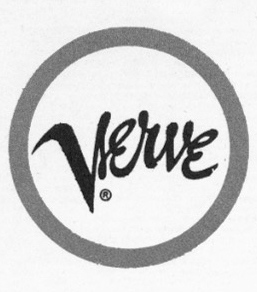WARHOL’S DRUGTIME PHASE
BRINGS EXPLODING INEVITABLE
Andrew Lugg and Larry Kasdan
The Michigan Daily, November 4, 1967
The Velvets’ final show as part of the EPI appears to have been in Ann Arbor, Michigan. Their return to this haunt prompted a preview of sorts by Andrew Lugg in The Michigan Daily:
. . . OVER A YEAR AGO, WARHOL AND PART OF THE VELVET [UNDERGROUND] performed at the Film Festival. It is hard to say that the piece has become more “polished” with its long run at the Dom and its more recent outlet at the Gymnasium, both in New York City. The piece has certainly changed, being now much more dynamic and “offhanded”— offhanded in a manner which seems reserved for Warhol alone.
Audiences at Hill tonight will see the last vestiges of dragtime have been dispelled and that the “Plastic Exploding Inevitable” [sic] is set squarely in drugtime.
The usual imperatives—blow your mind, strip the peel—are decidedly in order.
When it came to the show itself, Lugg proved to be an enthusiast, even if he constantly refers to the band as “The Velvet”:
For the first time since I have been writing for The Daily I find I have to review a performance in terms of explaining away the fact that although a large number of the audience walked out and although about 90% of the remaining viewers were hostile to the show, the Warhol Velvet Underground’s Exploding Plastic Inevitable was one of the finest “film-pieces” Ann Arbor has witnessed for a long time. . . .
Andy Warhol began his part of the evening with a half-hour excerpt from his new film, Sin, which, when assembled, will run twenty-five hours on two screens. . . . Sin is a film dealing with love, and the section we saw concerned Judge Ondine pontificating over a group of lovers, some self-conscious, others oblivious to all that is going on. Superimposed on this are scenes of Nico waiting, looking on sadly and attempting to sing a Dowland-like song against background sounds provided by the Velvet Underground. . . .
[And] then Nico and the Velvet appear on stage. Nico takes up the chant from Nico-on-screen. The Velvet begin to produce “sound,” and Gerard Malanga lies on the floor listening. Sin finishes and a black and white film of Nico and the Velvet is projected together with slides, large patterns filling the stage area. A huge light is shone at the audience and Gerard begins to dance with, and against, the strobes. The Velvet play “Venus [in] Furs,” “Run Run Run,” “Heroin.”
And then it’s all over. The “performers” move off and you wonder what sort of performance this has been. Gerard, Nico and the Velvet seemed just there, they seemed to say, “Here we are, superstars, what more do you want?” And this is the first question, namely, “What is the nature of performance?”
People used to say that the superstar bit was a parody of Hollywood. Not at all, they establish a reality which is peculiarly theirs, which requires no explanation; or perhaps all the explanation in the world.
Two hours of their real live time and two hours of yours, too, has been expended. The actual fact that it has been expended is all that matters; not how or why—that is the traditional notion of entertainment. Warhol says, “If the audience can take it for ten minutes, I show it fifteen minutes.” What does it mean then, to have an aesthetic of the excruciatingly bad? And how is it that this aesthetic produces such magnificent elegance, as in Sin, and such exquisite beauty as in the Nico performance?
However, The Michigan Daily film critic Larry Kasdan was, er, less of a convert:
The show is terrible. It goes on and on and on. The [support act] accomplishes the almost impossible task of making Beatle[-type] music sound bad. The light show is mediocre. The movies are long and boring—true Warhol. The Velvet Underground is totally unimpressive. Each one of their songs seems to last about three hours. . . .

1350 AVENUE OF THE AMERICAS, NEW YORK, N.Y. 10019 • 262-3131
A DIVISION OF METRO-GOLDWYN-MAYER INC.
“BANANAS ARE IN SEASON”
THE VELVET UNDERGROUND & NICO
Produced By ANDY WARHOL
V/V6-5008